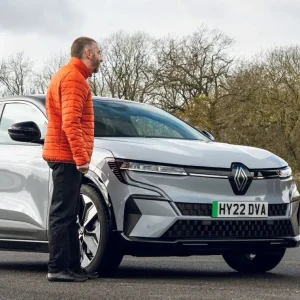The 2009 Budget followed a familiar pattern of adding to the tax burden on fleets while appearing to do very little.
Alistair Darling doubled the speed with which his proposed fuel duty ‘escalator’ will increase pump prices from next year.
He also proposed a revision of the CO2 bands for company car tax, which could significantly affect drivers after 2012.
The overall effect of these measures, assuming that they are adopted by the next Government, will be to increase the overall tax burden on fleets and to steepen the operating cost gradient between high-CO2 cars and their greener counterparts.
The Government’s tactic of ‘trailing’ fleet tax changes years in advance (and, often, subtly ratcheting up the level of tax as the process moves forward), focuses attention on the nitty gritty of the change process and diverts it away from the fact that, in the end, fleets are having another tax increase imposed on them.
With all the main political parties committed to reducing greenhouse gases, the carrot and stick approach to CO2 taxation will continue irrespective of which one wins the next election. Steeper carbon taxation in three years’ time is one of the few certainties in life these days, especially for vehicle operators.
Car fleet operators are far from powerless, however. They have the advantage of a relatively rapid turnover of cars, which allows them to continually bring on replacements that emit less CO2 and by the same token use less fuel. Last year, for instance, average CO2 emissions from new cars fell by 4.2%, which is roughly equivalent to a 2p increase in fuel duty.
The question for fleets is how to manage the CO2 reduction process. They need to be confident they are acquiring the right vehicles for their needs and can compare accurately the financial impact of different options.
Whole life cost modelling software is the most powerful tool fleets can use in these circumstances. It helps them to structure themselves so as to minimise the impact of rising taxes while also making the most of what the market has to offer to drivers in terms of attractive, fuel-efficient products.





